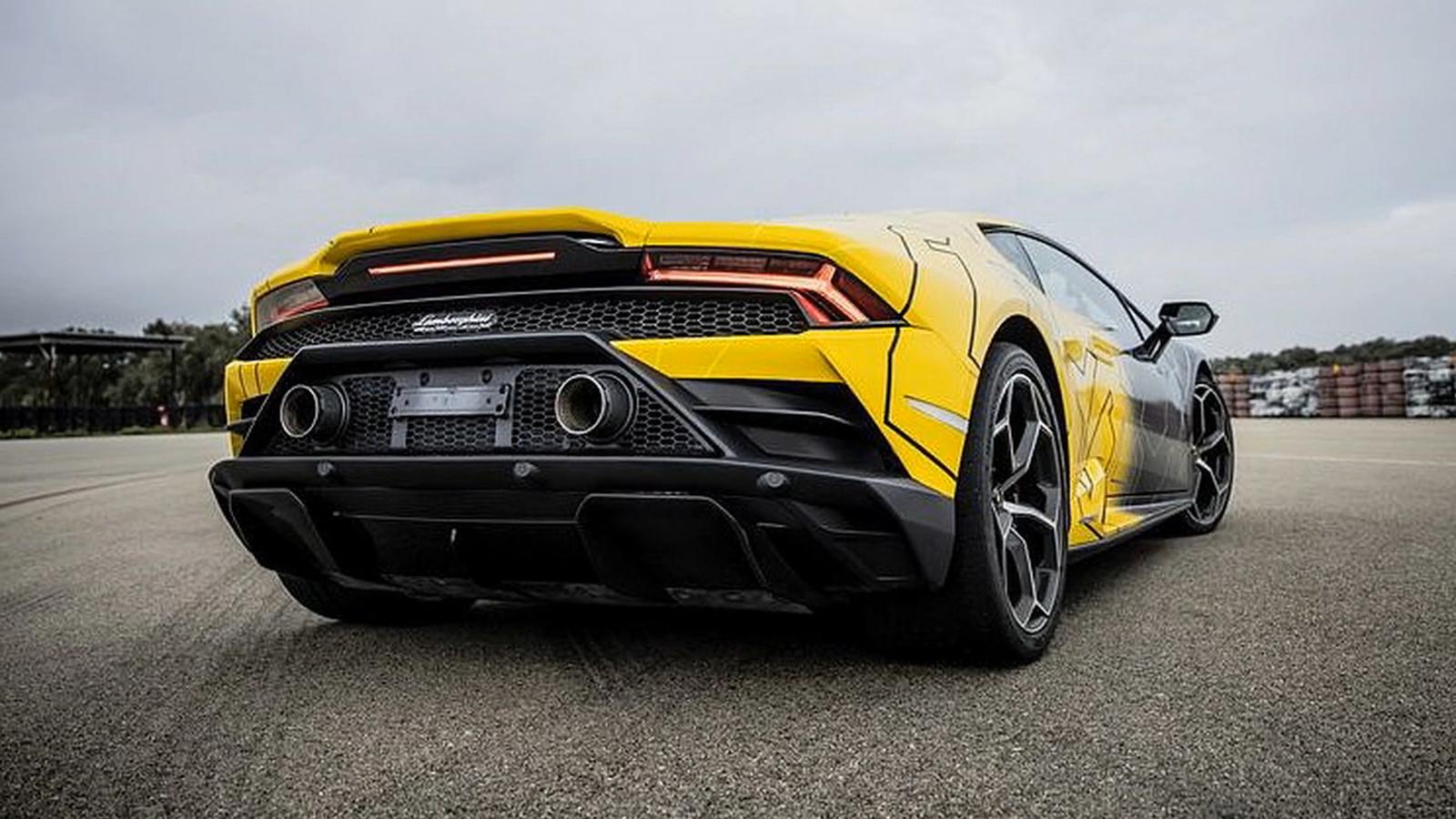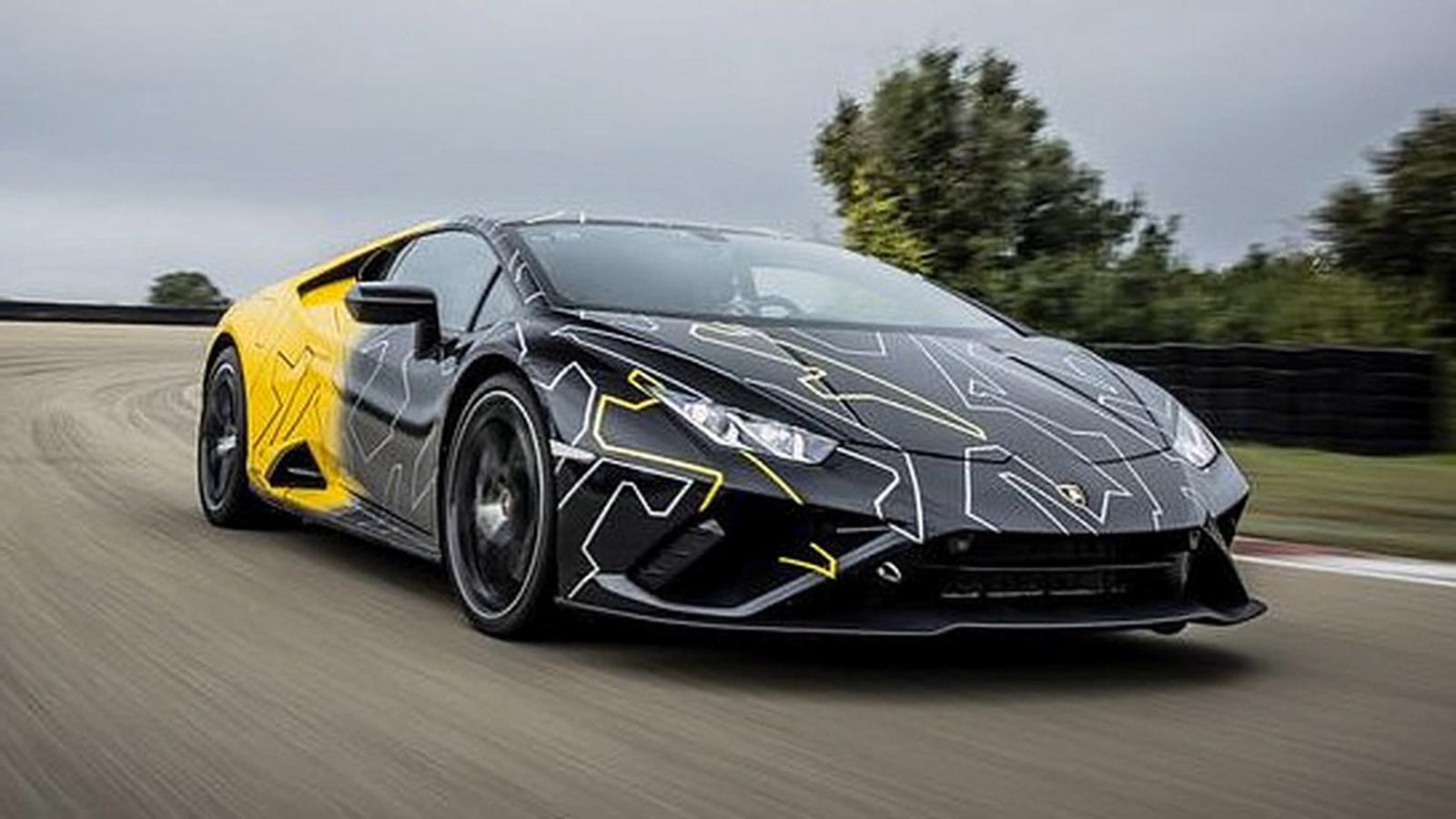In automotive innovation, the Italian supercar maker stands at the forefront with its latest creation – the Lamborghini Active Wheel Carrier technology. This technology, experienced in a prototype format, offers real-time control over camber and toe alignment settings during motion, marking a significant stride in vehicle dynamics.
Lamborghini’s Chief Technical Officer, Rouven Mohr, highlights the Active Wheel Carrier as a breakthrough in overcoming the traditional compromises of suspension geometry. A car in motion impacts alignment settings, often leading to premature tire wear, especially on high-performance vehicles. This technology’s ability to actively control toe and camber angles eradicate many of these compromises.
Toe, the wheel’s angle relative to the direction of travel, and camber, the wheel’s side-on angle to the ground, are crucial for vehicle stability and handling. Active control over these aspects means a dynamic adaptability unlike anything seen before.
Lamborghini Active Wheel Carrier Tech: The Underlying Concept
Although the concept isn’t entirely new, Lamborghini’s execution is.
The challenge lay not just in the mechanical aspects but in developing a swift and precise control system to leverage these adjustments effectively. Lamborghini’s innovation is evident in how these adjustments are implemented and controlled. The system is applied to the Huracán prototype’s rear wheels. It encompasses active toe control, a more advanced rear-steering system, and camber control. The latter is revolutionary; it allows the tire to adapt its angle under varying loads, maximizing contact with the road and significantly enhancing grip.
Structural Design
The Active Wheel Carrier, at first glance, appears to be a robust hub assembly. However, its ingenuity lies in the two rotating flanges, driven by 48-volt electric motors. These flanges adjust the camber and toe angles. The system offers a wide range of adjustments, significantly altering milliseconds.
Integration with Vehicle Systems

According to the reports, as Mohr points out, the real challenge is integrating this system with other vehicle dynamics systems like stability control and torque management. The prototype, currently integrated into a rear-driven Huracán Evo, is a testament to the potential of this technology.
Driving Experience
The real test of this technology comes from behind the wheel. At Porsche’s Nardò test track, the difference the Active Wheel Carrier makes is palpable. With the system engaged, the Huracán showcases heightened grip, responsiveness, and stability, particularly at high speeds and tight corners. The impact of the Active Wheel Carrier is not just in the enhanced driving experience but also in measurable performance improvements.
Lamborghini Active Wheel Carrier’s Integration with Vehicle Dynamics
Integrating the Active Wheel Carrier with the vehicle’s overall dynamics is critical to its functionality. The system’s ability to work in concert with stability control, torque management, and active aero systems is crucial. This integration is vital for achieving a harmonious balance between various dynamic elements of the car, ensuring that the adjustments made by the Active Wheel Carrier enhance overall performance rather than operating in isolation.
Practical Implications and Performance Gains

The real-world impact of the Active Wheel Carrier is most evident in its performance gains. During testing at the Nardò track, the system demonstrated its ability to enhance grip and stability significantly. The prototype Lamborghini Huracán equipped with this technology was more responsive and exhibited a marked improvement in lap times. This improvement is a testament to the system’s ability to optimize wheel angles in real-time for various driving conditions, enhancing agility and stability.
Lamborghini Active Wheel Carrier: Future Potential and Applications
The Active Wheel Carrier technology holds immense potential for future applications. Its ability to actively adjust wheel angles could lead to innovations in tire technology, suspension design, and overall vehicle dynamics. For instance, the possibility of using different tire compounds on the front and rear wheels or the option to employ slightly softer springs to allow for more roll could revolutionize how high-performance vehicles are designed and engineered.
The integration of this technology into Lamborghini’s future models, such as the upcoming Huracán replacement, is highly anticipated. Combining Active Wheel Carriers with other advanced systems like electric torque vectoring and hybrid powertrains could herald a new era in the supercar segment.



